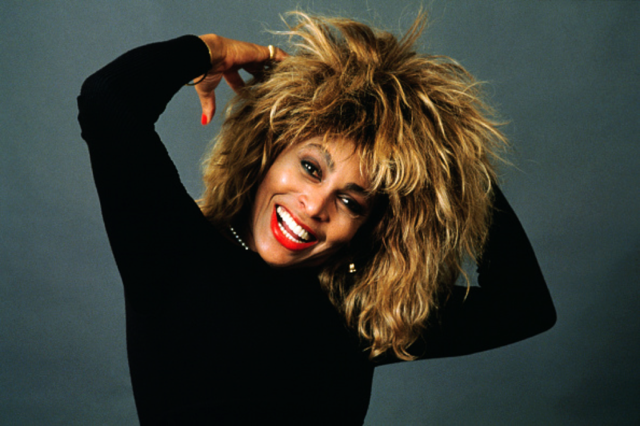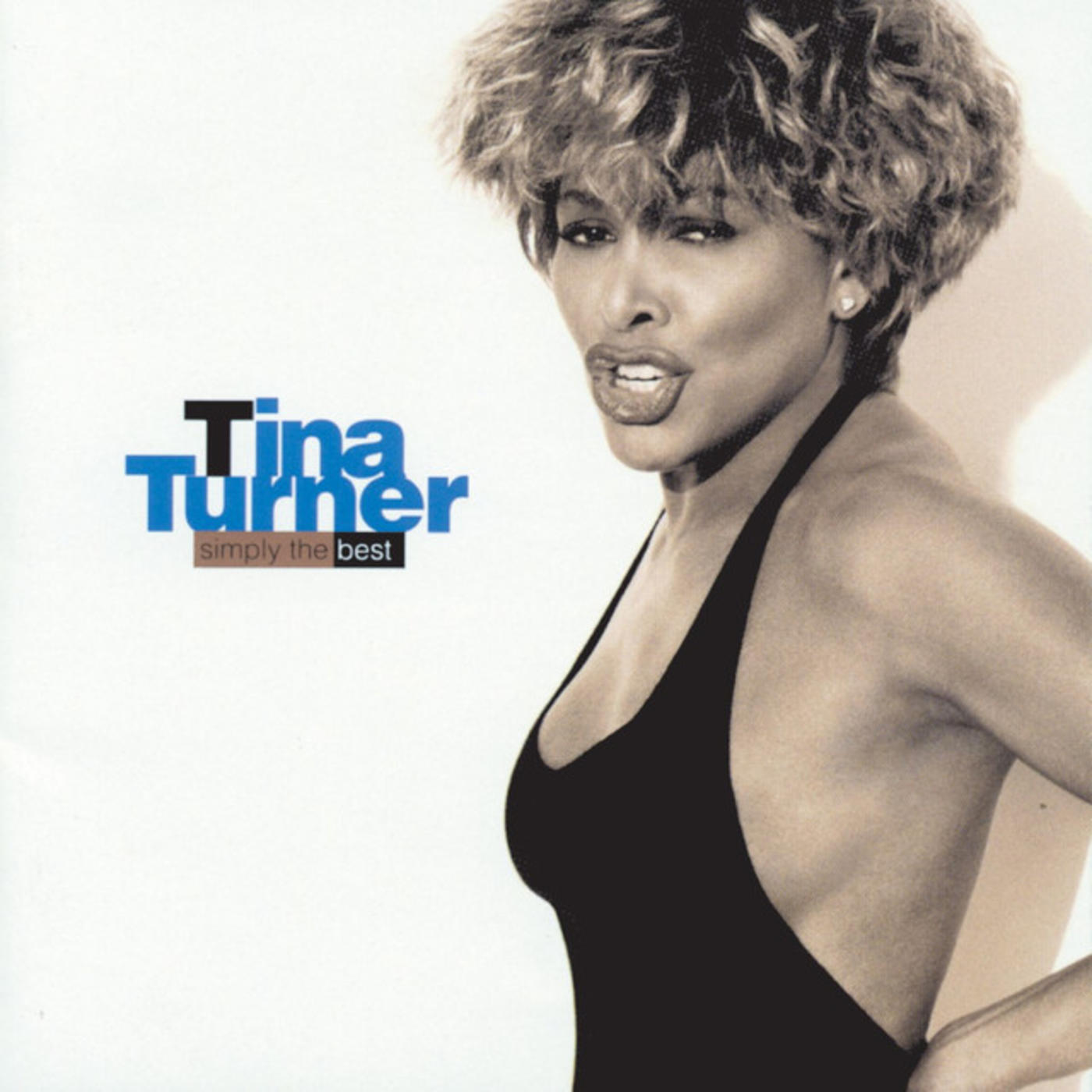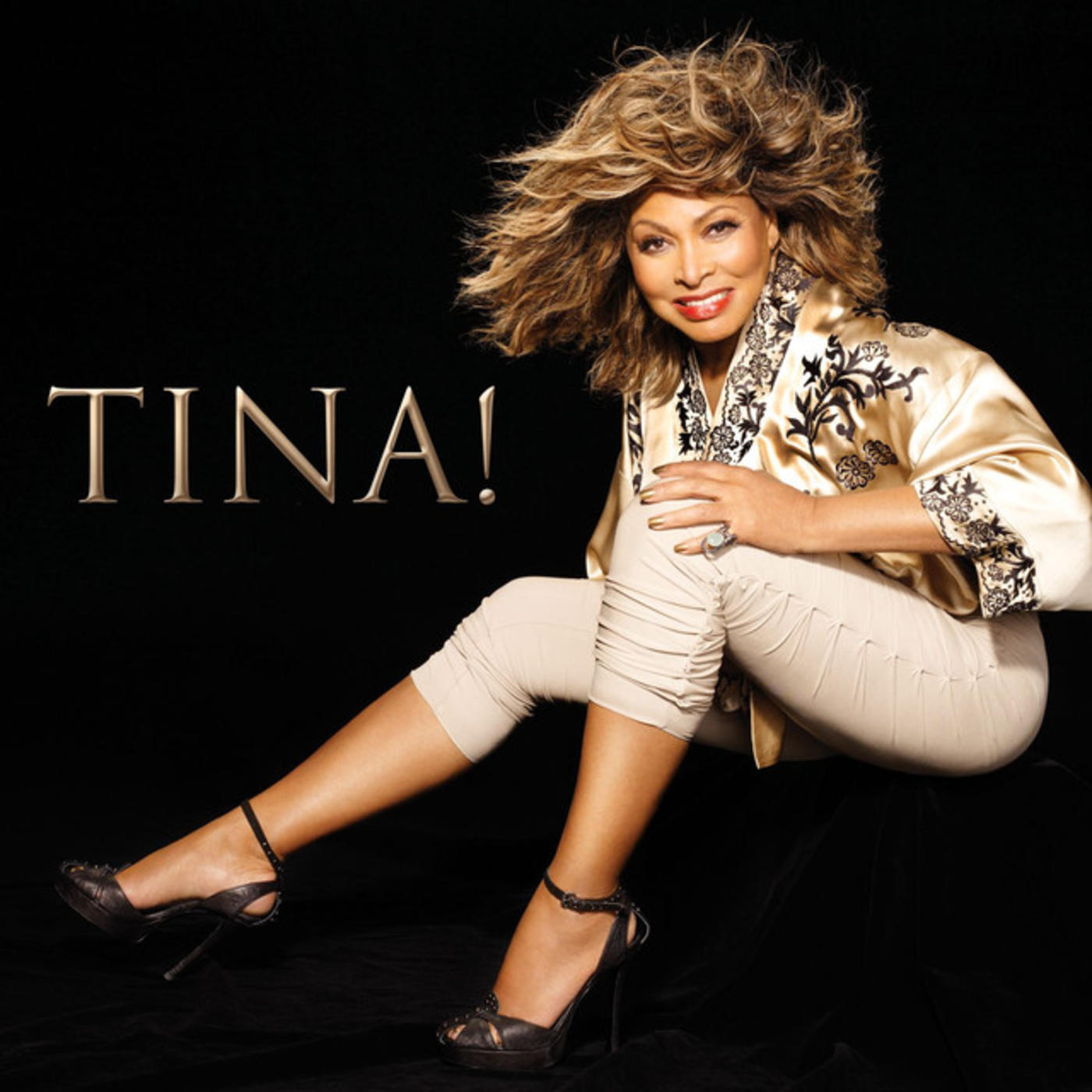5 Things You Might Not Know About Tina Turner

Given the success of her bio-pic, What’s Love Got to Do with It, we’d understand if you thought that you knew pretty much all you needed to know about Tina Turner. You don’t, though. There’s always some additional tidbit of trivia that’s worth knowing about the woman who took you to the city limits of Nutbush and told you in no uncertain terms that you’d better be good to her. Here, for example, are five such tidbits.
1. Her first proper solo album was a collection of country and folk covers.
In 1974, while she was still officially part of the Ike & Tina Turner Revue, Tina released her debut solo album, a 10-track LP entitled TINA TURNS THE COUNTRY ON! Although it was not a commercial success – it didn’t even chart – it’s interesting to hear her tackling compositions by Kris Kristofferson (“Help Me Make It Through the Night”), Bob Dylan (“Tonight I’ll Be Staying Here With You,” “He Belongs To Me”), Hank Snow (“I’m Movin’ On”), and Dolly Parton (“There’ll Always Be Music”).
2. She performed a cover of The Spinners’ “Rubberband Man” on The Brady Bunch Variety Hour.
Although she probably tries to put this appearance out of her mind, much as the cast members of The Brady Bunch likely do, if you’re a fan of Tina, you should definitely check out this clip, as it’s a song that never actually appeared on any of her albums and – as you might expect – she hits it out of the park. But don’t ask us why they kept cutting to the swimmers. That’s a creative decision by the show’s producers, and we don’t understand it either.
3. She’s part of the closing number in the movie adaptation of The Beatles’ SGT. PEPPER’s LONELY HEARTS CLUB BAND.
In fairness, she’s not even remotely the only one: according to Keith Carradine in an interview with the AV Club, the producers of the film basically did a cattle call to round up anyone and everyone who was available at the time. “And everybody came,” said Carradine. “I mean, you saw who was there! And the film was just—well, it’s ridiculous! But we didn’t know that, and we weren’t a part of it. We just came in to do this sort of grand finale singing at the end of the movie. And we thought, “Well, what the hell: It’s the Beatles.” Well, at least it’s their music. But how do you say no to that? So we all went and stood up there in those bleachers and did that! Hey, man, what can you say? It’s just one of those great mystifyingly inept moments of pop culture!”
4. The role of Auntie Entity in Mad Max: Beyond Thunderdome was written specifically with her in mind by George Miller.
“One of the main reasons we cast Tina Turner is that she’s perceived as being a fairly positive persona,” said Miller, in a 1985 interview with Time Out. “You don’t think of Tina Turner as someone dark. You think of the core of Tina Turner being basically a positive thing. And that’s what we wanted. We felt that she might be more tragic in that sense.” The only catch was that Miller had envisioned Turner in the role without actually checking to see if she’d have any interest in playing the part. Fortunately, she did. “[When we started] casting, the first person we spoke to was Tina. She had recorded PRIVATE DANCER by then, but it hadn’t been released, and actually while we were shooting the film she started to chart and was doing well. So it was a matter of timing.”
5. Steven Spielberg tried – and failed – on three separate occasions to get Turner to play the role of Shug in The Color Purple.
In his book Spielberg: The Man, the Movies, the Mythology, Frank Sanello has a few paragraphs about this near-miss. In the book, the character of Shug is Celie’s husband’s girlfriend, and she helps Celie leave her abusive husband. Unfortunately, Turner was a little too familiar with the storyline. “The third time she turned me down, she said she’d been through too much of this story in her own life to ever want to do it in a movie,” said Spielberg. “We tested fifty to sixty actresses. I think I was always seeing Tina in the role.” (In the end, Margaret Avery played the part.)


